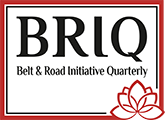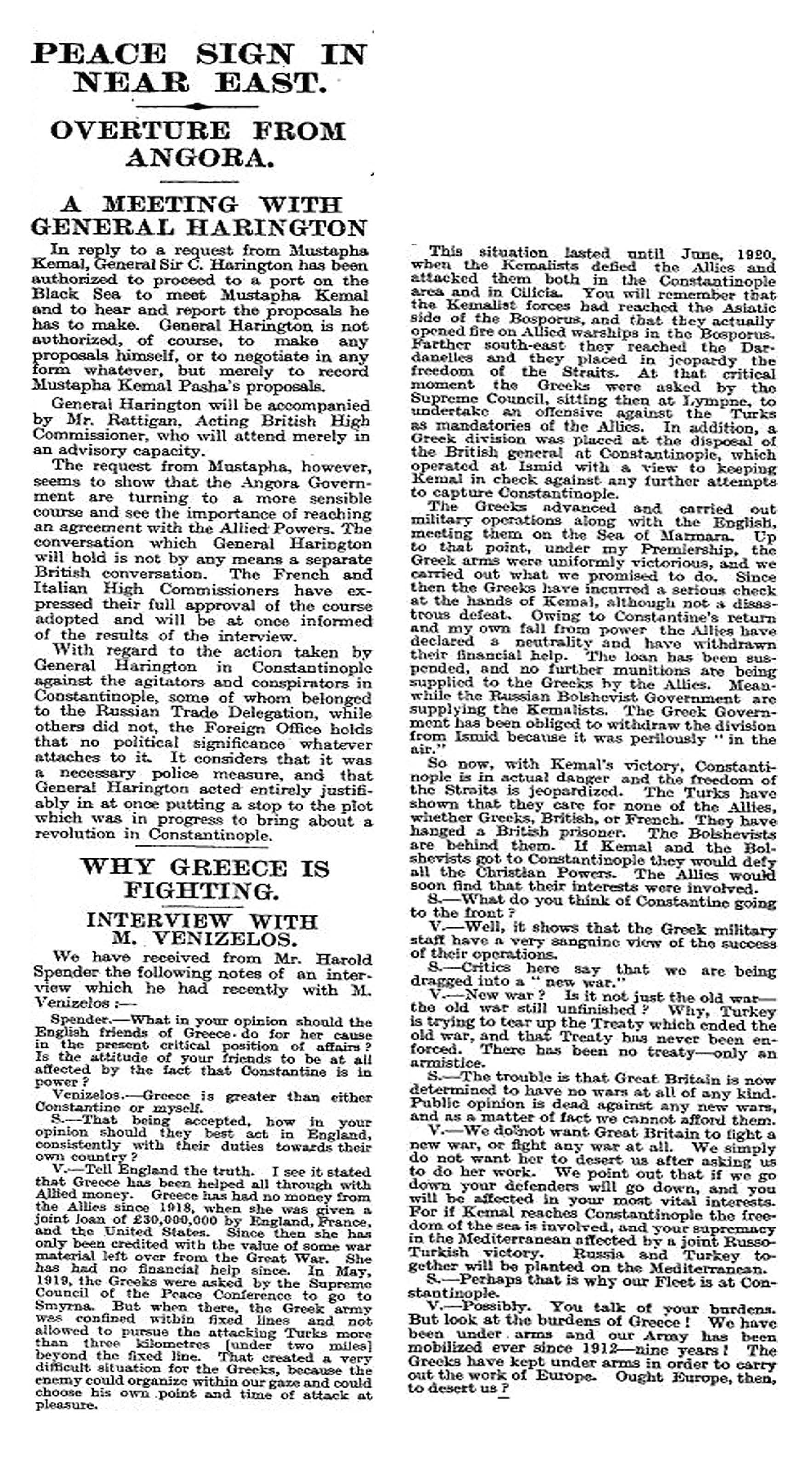EDITORIAL
Few would deny that scientific and technological development responds to social needs. In our time, huge problems threatening the common future of humanity await resolution through scientific and technological advances.
It is possible to discern two different attitudes towards the solution of such problems in the present age. Firstly, the way the developed capitalist countries deal with these problems is certainly building up to a dead end. The ultimate solution for the metropolitan centers of the capitalist-imperialist system is to put the burden onto the shoulders of developing countries and to ensure the continuation of the neoliberal system for a certain period of time. However, the very source of the problems threatening the common future of humanity is the system itself. Genuine efforts to solve these problems cannot generate any profit of a substantial size. It follows that making large-scale public investments and conducting globally coordinated planning activities necessary to secure the common future of humanity are definitely out of consideration from the standpoint of the capitalist centers. Hence, the advanced capitalist countries in the developed world do not have any intention for substantially improving scientific and technological cooperation with the rest of the world.
The second perspective is the perspective of the developing world. The priority of developing countries is sustainable economic development. During the 1 980s and 1 990s, most of the developing countries were rendered dependent on the programs of the World Bank and the IMF, and became paralyzed under the heavy load of foreign debts.
This being said, the recent developments in the pandemic era have clearly demonstrated the superiority of a public-driven system over neoliberalism. Public-based policies have become the necessary condition for success in overcoming the negative consequences of the COVID-19 pandemic, which has caused worldwide economic turmoil, while exposing the interconnection between the economy and the environment.
Under these circumstances, there seems no other solution for sustainable development than implementing a planned and public-driven mixed economy for the developing world. This also requires the guidance of science and technology, which can only be only be fully realized through closer scientific and technological cooperation between developing countries, adding to other areas of cooperation, from economy to national security and foreign policy.
In this respect. the Belt and Road Initiative (BRI) assumes an ever-increasing relevance. BRl's guiding principle of "shared development" is a direct response to humanity's need for scientific and technological cooperation. One could argue that the cooperation model proposed by BRI foresees a holistic paradigm shift at the level of countries and societies. The basis of this change can be phrased as "collectivism versus individualism", or "sharing versus competitiveness". Herein lies the key that will secure the common future of humanity. In this framework, the International Association of Scientific Organizations (ANSO), which includes the Chinese Academy of Sciences (CAS) and The Scientific and Technological Research Council of Turkey (TUBiTAK), has started to develop a closer collaboration in the area of science and technology, responding to the specific needs of developing countries. This cooperation model guided by the principle of "shared development" offers the developing world the opportunity to realize their fullest potential of development. It also imposes a duty to take the lead in this process, especially for major countries such as Turkey and China, including their scientific institutions, scientists and intellectuals, in order to solve huge problems threatening humanity's common future.
FİKRET AKFIRAT
Editor-in-Chief

